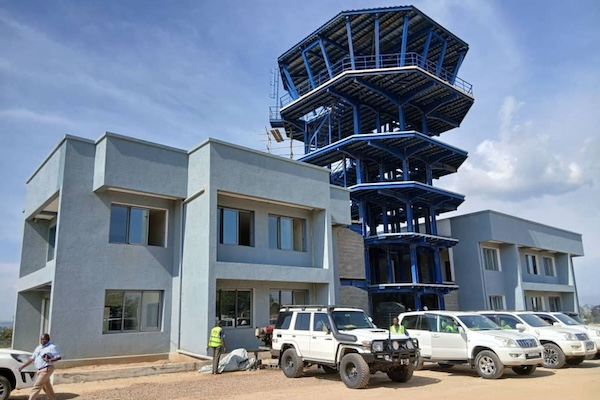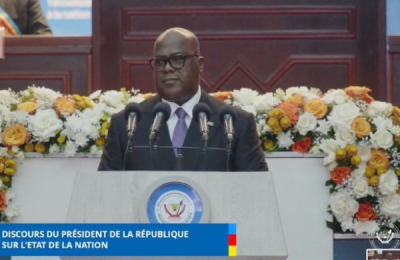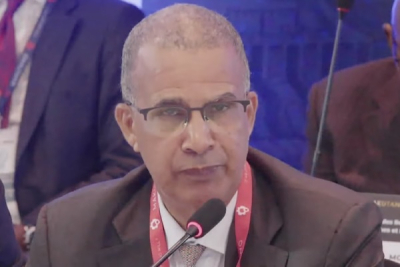The project to modernize the Bunia National Airport, also known as Murongo, in Ituri province is expected to be delivered in February 2026, according to Barry Boubacar, track works director for the Congolese contractor Mont Gabaon SARLU.
The project manager at the Central Coordination Office (BCECO) reported in September that physical execution stood at about 76 percent, according to the Congolese News Agency (ACP).
The work, launched in June 2022 and originally slated for a 36-month duration, is running eight months behind schedule, Mont Gabaon stated. The company cited several challenges, including delays in releasing the site by the MONUSCO peacekeeping mission and surrounding populations, the presence of rocky areas not factored into the initial studies, and the lack of suitable gravel in Bunia. The scarcity required complicated imports from Uganda, made difficult by poor road conditions, especially during the rainy season.
The entire project is valued at more than $48 million USD, according to Finance Minister Doudou Fwamba, who spoke on Top Congo FM on September 29. It encompasses four main lots.
The first involves extending and widening the runway from 1,850 to 2,500 meters in length and 30 to 45 meters in width. Boubacar confirmed that 2,300 meters have already been completed. The second lot focuses on expanding the aircraft parking area from 14,000 to 32,000 square meters.
The third lot covers the construction of a 3,500 square meter passenger terminal with two separate arrival and departure circuits, which is currently 70 percent complete. Finally, the fourth lot includes the new control tower, which will offer visibility of both runway ends and is scheduled for completion in December 2025, alongside a fire station that has already been completed and provisionally accepted.
The works director emphasized that the chosen strategy allowed the airport to remain operational throughout the construction period, preventing the province from being isolated.
The project's objective is to increase the airport’s capacity to accommodate wide-body aircraft, grant it international status, and link it to major cities across the continent. Currently, Bunia Airport primarily handles domestic flights and some international connections, mainly for medical evacuations and humanitarian operations.
Timothée Manoke










